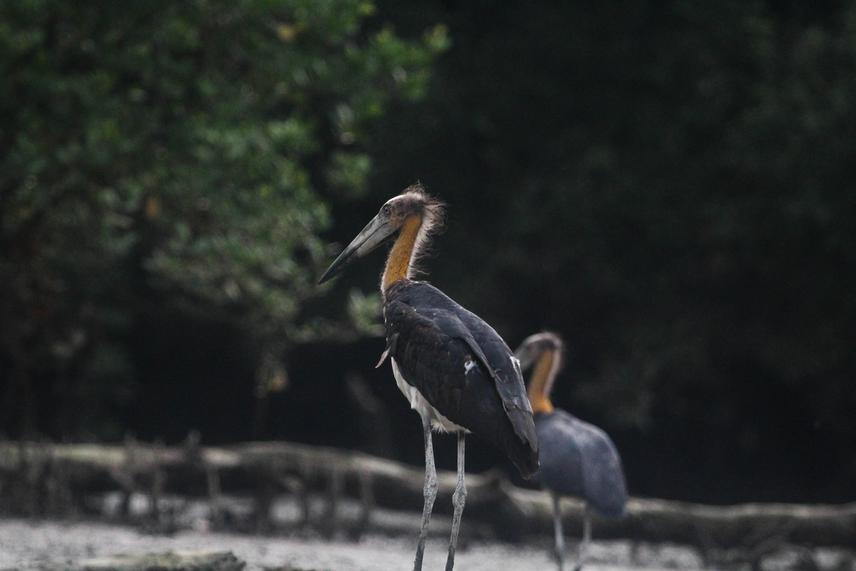Choon Min See
Other projects
4 Apr 2024
Documentation of Indigenous knowledge for Conservation of Threatened Lesser Adjutant and Migratory Shorebirds in North-Central Selangor Coast, Malaysia
The Lesser Adjutant (Leptoptilos javanicus) is a large charismatic stork species that can only be found in South and South-east Asia and has been classified as globally threated due to its fast-declining population. This species is already extinct in China and is undergoing rapid declination across South-East Asia. In South-East Asia, Lesser Adjutant is essentially distributed in mangrove-backed mudflat, and little is known about their conservation status in the coastal ecosystem despite the urgent need for conservation. Of only about 5,500 – 10,000 global population, Malaysia is estimated to support 2% of their global population.

Biodiversity surveys including the annual Asian Waterbird Census conducted have found a high number of Lesser Adjutant in the NCSC-IBA, demonstrating North-Central Selangor Coast (NCSC) could be supporting one of the largest populations in the country. Yet, there is very little-known information about their conservation status at the site and no conservation plan dedicated to protecting this species.
The substantial loss of mangrove forest and its associated highly productive mudflat are affecting the resident Lesser Adjutant and the migratory shorebird population, as well as the local fishermen communities whose livelihood depends on the health of coastal wetlands.
My project aims to address the critical knowledge gaps on the ecology, spatial distribution, population status and trends of the globally threatened Lesser Adjutant, a fast-declining flagship species of Southeast Asia’s highly threatened coastal wetland ecosystems. Through better knowledge of this Vulnerable species and its ecological needs, we aim to improve the protection and management of mangrove forest and its associated mudflats along the North-Central Selangor Coast (NCSC).
My project has two objectives:
(1) To address the critical knowledge gaps on the ecology, distribution, population status of the species in NCSC through monthly structured surveys.
(2) To identify and monitor the threats towards the Lesser Adjutant along the NCSC through monthly participatory habitat monitoring with the local community.